Introduction to Microsoft Word Ribbons
The Ribbon was introduced by Microsoft in Microsoft Office 2007. The Ribbon is a user interface element positioned below the Title Bar and the Quick Access Toolbar. It consists of seven tabs.
- Home
- Insert
- Page Layout
- References
- Mailings
- Review
- View.
Each tab contains related commands organized into specific groups. The ribbon provides convenient access to frequently used commands, streamlining task completion.
Refer to the image:

Home tab:
The Home tab is the default tab in Microsoft Word. It has five groups of related commands:
- Clipboard
- Font
- Paragraph
- Styles
- Editing.
It helps you change document settings like font size, adding bullets, adjusting styles, and many other common features. It also helps you to return to the home section of the document.
Refer to the image:

Insert tab:
Insert Tab is the second tab in the Ribbon. As the name suggests, it is used to insert or add extra features to your document. It is commonly used to add tables, pictures, clip art, shapes, page numbers, etc. The Insert tab has seven groups of related commands:
- Pages
- Tables
- Illustrations
- Links
- Header & Footer
- Text
- Symbols.
Refer to the image:

Page Layout tab:
It is the third tab in the Ribbon. This tab allows you to control the look and feel of your document, i.e. you can change the page size, margins, line spacing, indentation, documentation orientation, etc. The Page Layout tab has five groups of related commands:
- Themes
- Page Setup
- Page Background
- Paragraph
- Arrange.
Refer to the image:

References tab:
It is the fourth tab in the Ribbon. It allows you to enter document sources, citations, bibliography commands, etc. It also offers commands to create a table of contents, an index, a table of contents, and a table of authorities. The References tab has six groups of related commands:
- Table of Contents
- Footnotes
- Citations & Bibliography
- Captions
- Index
- Table of Authorities.
Refer to the image:

Mailings tab:
It is the fifth tab on the ribbon. It is the least-often-used tab of all the tabs available in the Ribbon. It allows you to merge emails, write and insert different fields, preview results, and convert a file into a PDF format. The Mailings tab has five groups of related commands:
- Create
- Start Mail Merge
- Write & Insert Fields
- Preview Results
- Finish.
Refer to the image:

Review tab:
It is the sixth tab in the Ribbon. This tab offers you some important commands to modify your document. It helps you proofread your content, add or remove comments, track changes, etc. The Review tab has six groups of related commands:
- Proofing
- Comments
- Tracking
- Changes
- Compare
- Protect.
Refer to the image:

View tab:
The View tab is located next to the Review tab. This tab allows you to switch between single-page and two-page views. It also enables you to control various layout tools like boundaries, guides, and rulers. Its primary purpose is to offer you different ways to view your document. The View tab has five groups of related commands:
- Document Views
- Show/Hide
- Zoom
- Window
- Macros.
Refer to the image:

